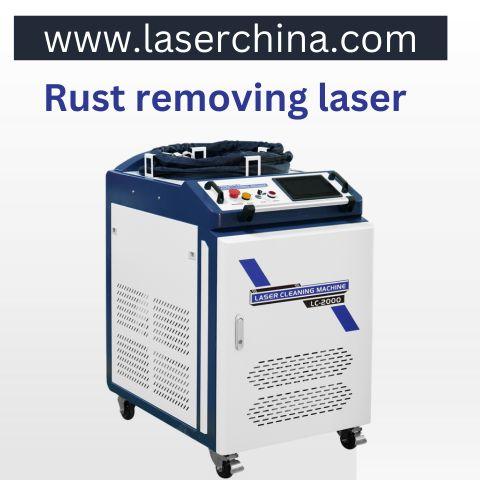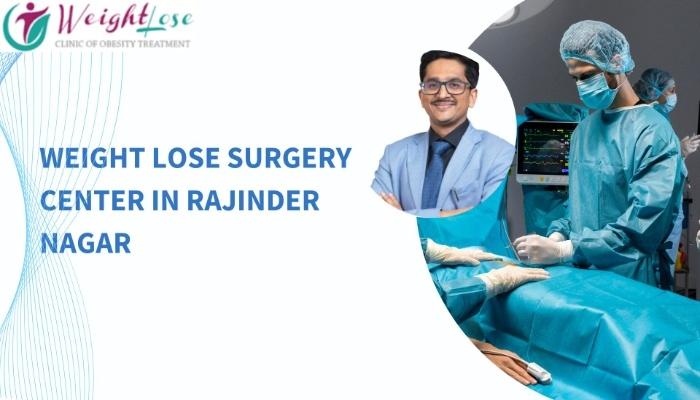Rust Removing Laser Technology for Industrial Applications and Long-Term Surface Cleaning Solutions

Rust has been a major challenge for industries dealing with metal equipment, structures, and tools. Traditional cleaning methods such as sandblasting, chemical solvents, and manual scraping often create new issues like surface damage, high waste production, and increased operational costs. In recent years, the rust removing laser has emerged as a highly effective solution for cleaning metals without abrasive or harmful chemicals. This guide explores the working process, applications, and industrial significance of rust removing lasers, providing detailed insights for businesses looking to maintain long-term equipment performance.
What is a Rust Removing Laser?
A rust removing laser is a specialized cleaning system that uses high-energy laser beams to target and eliminate corrosion, oxides, and surface contaminants from metal. Unlike abrasive methods that physically grind away rust, this technology works by directing a focused laser beam at the corroded area. The rust layer absorbs the laser’s energy, rapidly heating and vaporizing while leaving the underlying metal intact.
This process ensures that only the unwanted rust is removed, without scratching, grinding, or wearing down the metal surface. The non-contact nature of the laser also reduces wear and tear on the cleaning tool itself, ensuring a longer lifespan of both the equipment and the treated surfaces.
How Rust Removing Lasers Work
The working principle of a rust removing laser can be broken down into three stages:
-
Energy Absorption: The corroded surface absorbs the laser beam’s energy due to its darker and uneven composition compared to clean metal.
-
Vaporization: The rust heats up instantly and converts into dust, gas, or fine particles, which are then blown away using an integrated suction or ventilation system.
-
Clean Surface Exposure: The process reveals the original clean metal underneath, free from rust and oxidation, without chemical residue or abrasive damage.
This highly precise mechanism allows the laser to target only rust while preserving coatings, paints, or layers beneath when required.
Industrial Applications of Rust Removing Lasers
Rust removing lasers are not limited to a single industry. Their growing popularity is due to versatility and precision. Some of the most common applications include:
1. Automotive Industry
In automotive repair and manufacturing, rust removing lasers are used for cleaning car frames, engine components, and metal parts before welding or painting. The precision ensures that only the corroded area is treated, which is especially important for restoring vintage cars and preserving structural integrity.
2. Shipbuilding and Marine Industry
Ships, boats, and offshore platforms face constant exposure to seawater, leading to accelerated corrosion. Rust removing lasers provide a clean and efficient solution for maintaining ship hulls, decks, and marine equipment. Since the technology doesn’t require harmful chemicals, it aligns with environmental regulations governing marine industries.
3. Aerospace Sector
Aircraft components demand extreme precision. A rust removing laser can clean landing gear, turbine blades, and structural parts without affecting their tolerance or causing surface fatigue. This is vital in extending component lifespan and maintaining flight safety standards.
4. Manufacturing Plants
Factories dealing with heavy machinery and tools use rust removing lasers to maintain operational efficiency. From steel rollers to molds and mechanical parts, regular laser cleaning reduces downtime and ensures equipment reliability.
5. Cultural Heritage and Restoration
Rust removing lasers are also used in museums and restoration projects to clean metal artifacts, sculptures, and historical equipment. Since lasers can be finely adjusted, they allow restorers to remove corrosion while preserving original textures and engravings.
Why Industries Choose Rust Removing Laser Technology
The rising adoption of rust removing lasers can be attributed to their precision, cleanliness, and adaptability. While traditional cleaning methods involve consumables such as sand, solvents, or abrasive pads, lasers require only electricity and minimal maintenance. This not only lowers operational expenses but also reduces environmental impact.
Moreover, the ability to automate laser cleaning makes it an attractive choice for industries looking to integrate modern, efficient solutions into production lines. Handheld laser units also offer portability, allowing workers to clean large or immovable structures on-site.
Rust Removing Laser in Sustainable Manufacturing
Sustainability is becoming a core focus for industries worldwide. Unlike chemical cleaning methods that generate toxic waste, the rust removing laser produces only dust and vapors, which can be safely filtered. This makes it an eco-friendly technology for companies striving to meet environmental standards.
Additionally, by extending the lifespan of metal components, lasers reduce the need for replacement parts. This contributes to resource conservation and lowers the overall carbon footprint of manufacturing processes.
The Role of Rust Removing Lasers in Surface Preparation
Surface preparation is critical before processes like welding, painting, or coating. Any trace of rust or oxide can lead to weak joints, uneven paint adhesion, or coating failures. A rust removing laser ensures that the surface is fully prepared without damaging the base material.
This accuracy is especially beneficial in industries where quality and safety cannot be compromised, such as aerospace, automotive manufacturing, and defense.
Technological Advancements in Rust Removing Lasers
Modern rust removing lasers come in various power levels, from small handheld devices to large automated systems. High-power lasers can clean larger surfaces quickly, while lower-power systems are used for precision cleaning in delicate applications.
Some advanced units also include features such as:
-
Adjustable laser parameters for different materials.
-
Integrated cooling systems for continuous operation.
-
Automated robotic arms for mass production environments.
-
Real-time monitoring to ensure consistent cleaning quality.
These innovations make rust removing lasers more efficient, adaptable, and suitable for industries with diverse requirements.
Safety Considerations in Rust Removing Laser Operations
Although rust removing lasers are safe compared to chemical and abrasive methods, proper safety measures are essential. Operators must wear protective eyewear designed for the specific laser wavelength. Work areas should be well-ventilated to handle the fine dust generated during cleaning.
In industrial environments, safety enclosures and automation can further reduce operator exposure while enhancing productivity.
Cost Efficiency of Rust Removing Lasers
While the initial investment in a rust removing laser system can be higher than traditional tools, the long-term savings are significant. Since the process eliminates the need for consumables and minimizes labor costs, companies can achieve a quick return on investment. Furthermore, the reduced downtime caused by faster cleaning directly contributes to higher productivity.
Future of Rust Removing Laser Technology
The future of rust removing lasers is expected to expand with advancements in automation, robotics, and artificial intelligence integration. These systems will become more efficient, user-friendly, and adaptable to small-scale businesses as costs decrease over time. With increasing emphasis on sustainability and precision, rust removing lasers are set to play a vital role in global industries for decades to come.
Final Thoughts
The rust removing laser has redefined how industries handle metal cleaning and corrosion prevention. By offering a non-contact, precise, and sustainable solution, it eliminates the limitations of traditional methods. From automotive repair and aerospace engineering to ship maintenance and artifact restoration, this technology continues to find new applications across diverse sectors. For businesses aiming to improve efficiency, reduce waste, and extend the life of their equipment, rust removing lasers represent not just a cleaning tool but a long-term investment in innovation.







